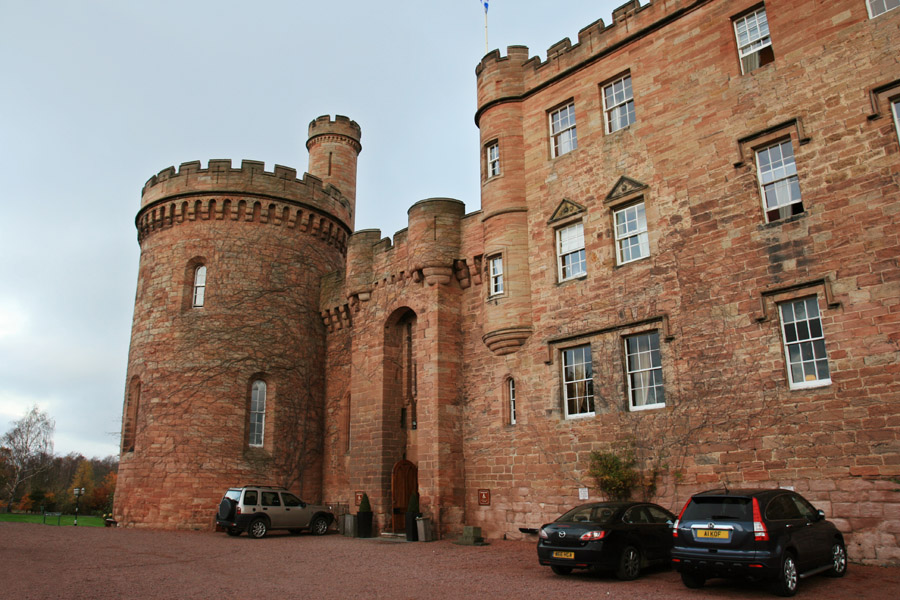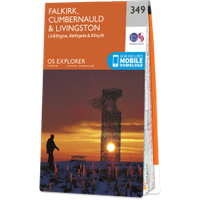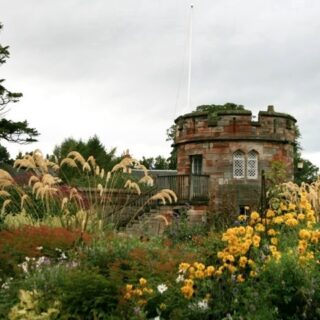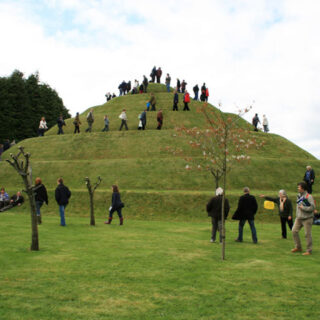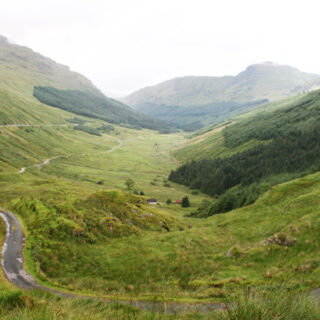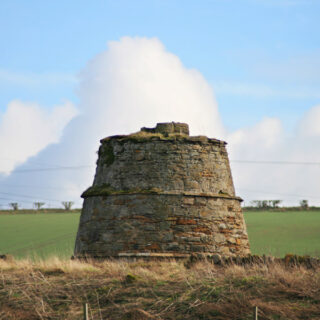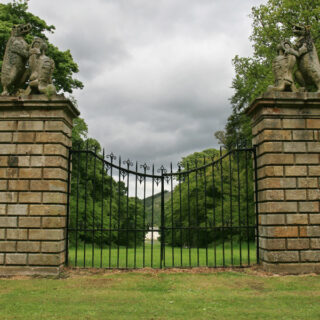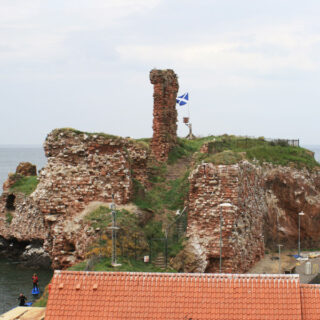Linlithgow Palace
The site of Linlithgow Palace was a royal one from the earliest times, with a royal manor house thought to exist here as early as the 12th century, granted by David I to the canons of Holyrood Abbey.
In 1301 Edward I of England spent the winter here during his Scottish campaigns, and he set about building earth and wood defences around the entire site.
Following the English departure after the Battle of Bannockburn in 1314, the royal manor house returned to Scottish hands, and it was added to at various times over the coming century. But in 1424 a fire destroyed much of Linlithgow, including the royal residence, and the following year James I began a comprehensive program of rebuilding.
James I built the east range around the main entrance, decorated with sculptures and elevated from ground level. On the first floor of this wing was the Great Hall, which still exists (in a slightly altered form) today.
James I’s son, James II, is thought to have contributed little to the palace, but James III continued his grandfather’s work, adding the south range around 1469. This included the King’s Tower, essentially a massive square keep, at the south-west corner of the palace.
Between 1488 and 1513 James IV added the Queen’s Tower at the north-west corner, and joined it to the King’s Tower with a west range, completing the square around the central courtyard.
James IV was also responsible for building a bastion or bulwark below the entrance and to the north, and the remains of the bases of three circular bulwark towers, attached to the wall of the palace with flying buttresses, are still visible today.
James V, born at Linlithgow Palace in 1512, moved the main entrance to its present position on the south side of the palace, and constructed a new gatehouse away from the palace to the south. He also undertook a program of modernisation, remodelling the interior of the palace, and commissioning in 1537 the magnificent-carved hexagonal fountain which stands at the centre of the courtyard.
Like her father before her, Mary Queen of Scots was born at Linlithgow Palace, in 1542, although she only spent a short time here before being moved to the greater safety of Stirling Castle following James V’s death.
The palace apparently suffered from neglect following the departure of James VI for England in 1603, and in 1607 the north wing suffered a partial collapse. It was rebuilt between 1618 and 1624 with a Renaissance facade said to be one of the finest in Scotland.
James VI famously only returned once to Scotland, in 1617, but he didn’t stay at Linlithgow Palace. His son, Charles I, did stay at the palace in 1633, and the next “guest” of note was Oliver Cromwell who spent the winter of 1650 living here.
The palace was apparently inhabited over the next century, although by whom it is unclear. In September 1745 Bonnie Prince Charlie stayed here, the last royal Stuart to do so, on his journey south to victories at Edinburgh and Prestonpans.
The following January the Duke of Cumberland, pursuing Bonnie Prince Charlie north, stayed at the palace. When he and his troops left on the 1st of February 1746 they set fire to the palace, leaving it ruined and in its current state.
Where is Linlithgow Palace?
Linlithgow Palace is in the parish of Linlithgow and the county of West Lothian.
Grid reference:NT 00196 77325
Lat / long:55.978766,-3.60085
